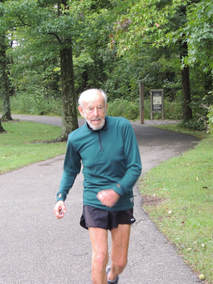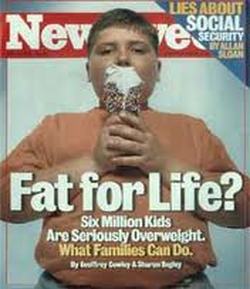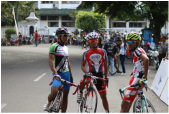As you might guess, it commented on cell death caused by a variety of negative expressions such as pessimism, cynicism, hostility, and others. The article cited several studies linking these behaviors with the shortening of telomeres, which leads to cell death. Ironically, the author did not mention frustration, jealousy, anger, or sadness, which have all been shown to release cortisol, the hormone that suppresses the immune response. If such behaviors become chronic, the effect of cortisol release can lead to a challenged immune system, which can foster the growth of viral cells (the common cold), bacterial infections, and even cancer.
The reason I brought this up is because I spent a group dinner with such a negative person not long ago. There was some arrogance and rudeness on this person’s part, which I tried to ignore, but it got old quickly. Even though I had not met this person, I thought that I would enjoy the dinner since I thought we had something in common and since other friends also would be there. But, when I couldn’t get involved in the conversation and tried to figure out what to do, I thought of Wayne Dyer, the psychologist, motivational speaker, and author, whom I studied and listened to during my early business years in the 1980s. His books and tapes helped me a lot. Interestingly, his personal life didn’t mirror his writings and motivational advice. Married three times, the last one ending in separation. Leukemia in 2009. He died in 2015 of a heart attack at the age of 75. A wise psychologist but not a lifenut.
Well, what would Wayne do, I wondered as I sat next to this chap at dinner. Once someone asked that question to Dr. Dyer. His response was that he would avoid such an individual. Well, I couldn’t walk out on a dinner with several husbands and wives present. No way. That’s rude, too. So I meditated. How? By repeating “calm, calm, calm” silently in my mind. A soft smile came with that. Peace followed. And, the evening finally ended. On the drive home I told my wife that I wouldn’t have dinner with that person again. And, after a day, I forgot about it.
Two days later I had a “fix” of positivity with my nutritional mentor Mike Fremont on a 45-minute walk in the park. I explained the situation to him and listened. Mike, a gentle soul with amazing sensitivity for a Yale-educated engineer, agreed that negative emotions can cause problems. Kindness never hurts. And, Mike is never quick to criticize nor is he cynical. So I just listened as he rambled on, as vibrant as any 25-year-old, and I marveled at his mental acuity. I needed a dose of positive thinking and I got it from this lifenut, now only 96 and going strong. A few weeks later I asked him to do a blog for this site. Maybe we’ll get some more of his lessons next month.








 RSS Feed
RSS Feed